11 Secrets to Keeping Critters Away From Your House
It doesn’t take much for animals to undo a season’s work in the garden. You wake up to half-eaten leaves or dirt scattered across a bed you just planted. Most people want a fix that doesn’t rely on traps or harsh chemicals. The good news: a handful of simple, practical steps can cut down on animal trouble without disrupting the rest of your yard.
Identify The Culprits Early
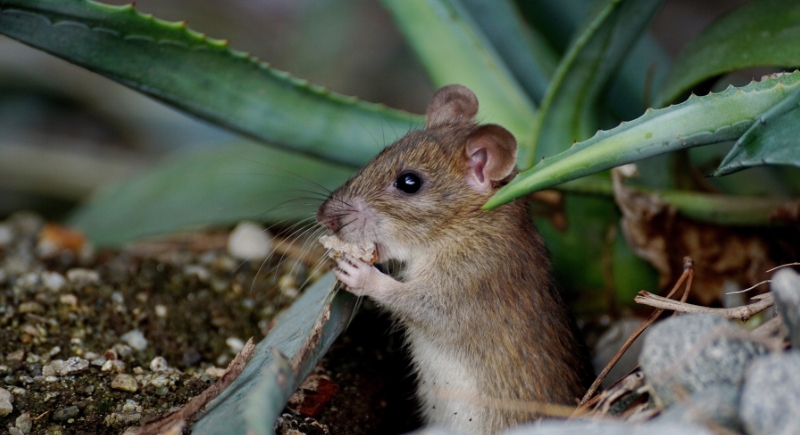
Credit: pixabay
It is easy to waste time on the wrong fix if you do not know which animal is causing problems. Deer leave heart-shaped hoof marks and ragged edges on plants, while squirrels dig shallow holes and scatter shells. Knowing exactly what visits your yard makes each next step more effective and prevents repeated trial and error.
Clear Hiding Places
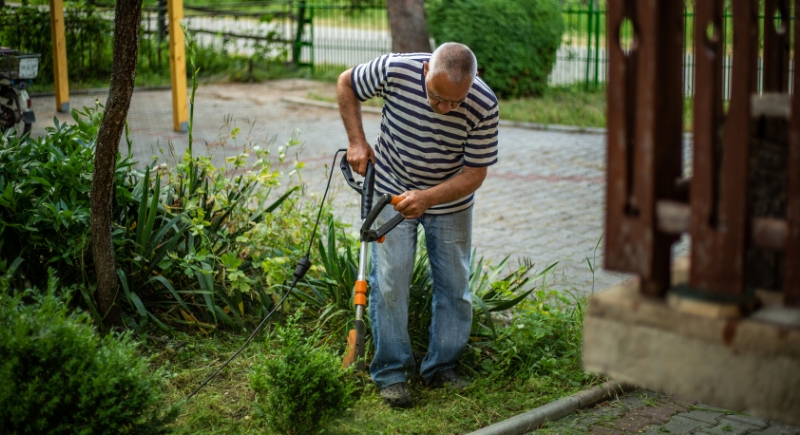
Credit: Getty Images
Piles of brush and overgrown shrubs give animals safe shelter during the day. However, a yard that is open and trimmed offers few places to rest or nest, so pests move on quickly. Numerous gardeners have seen activity drop sharply after opening spaces and ensuring growth stays under control throughout the season.
Remove Food Temptations

Credit: pexels
A study from a regional extension office found that yards with fallen fruit had twice the wildlife activity of yards that were regularly cleared. Leaving ripe crops or spilled seed attracts everything from rabbits to raccoons. On the other hand, picking fruit promptly and locking down trash lids reduces that activity.
Attract Natural Predators
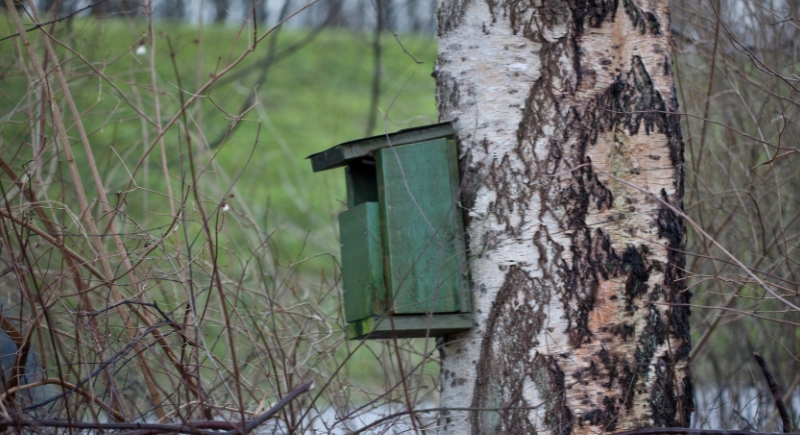
Credit: Getty Images
Installing a nesting box for owls has been a method used on farms for decades. Farmers relied on owls to control mice long before commercial repellents existed. You can do the same on a smaller scale. But make sure to place the box high and away from bright lights to invite these hunters.
Try A Homemade Spray
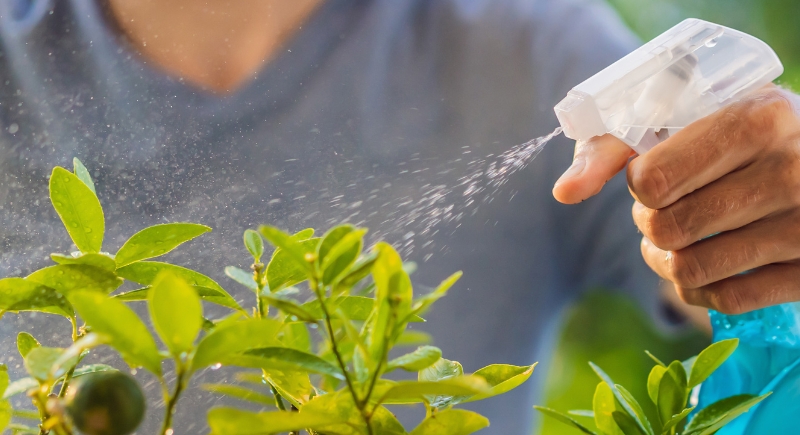
Credit: Canva
Hot pepper sprays are a common homemade option because most animals dislike the strong taste. Mixing water, mild soap, and crushed peppers in a bottle creates a defense mechanism that stays on leaves. Applying it around beds builds a line of defense without chemicals. If you skip this step, you may see repeated bites on young plants.
Use Herbs as Guards
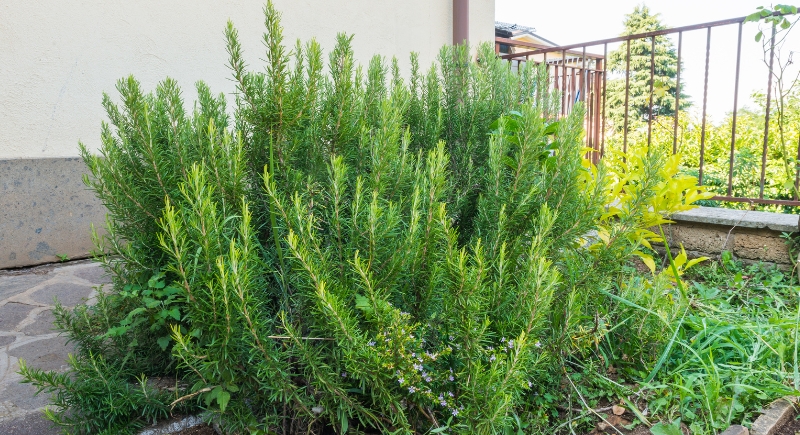
Credit: Getty Images
Plant strong‑scented herbs like garlic, oregano, or rosemary along the edges of your beds to create a natural barrier. These herbs release odors that many animals dislike, which prevents them from moving closer to your vegetables. They thrive in a variety of soils and need little attention once established.
Protect Plants with Bird Netting
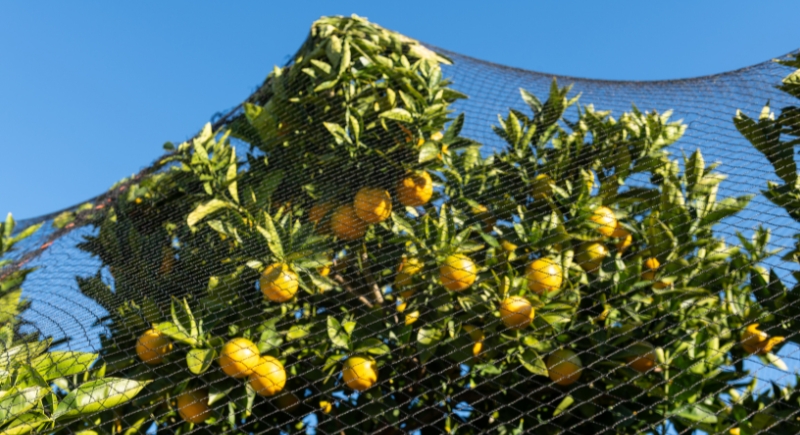
Credit: Getty Images
Bird netting has been a standard tool in commercial orchards for years. It forms a physical blockage without altering the plants themselves. Stretching netting over berries or young crops stops birds from pecking fruit and keeps squirrels away from tender shoots. Poles or stakes hold the mesh above leaves to prevent damage.
Choose Store-Bought Repellents

Credit: Getty Images
Skipping store-bought repellents leaves plants exposed to constant browsing and digging. Animals quickly learn where unprotected crops are and return to strip young leaves and damage roots. Heavy rain washes away any previous barriers, and without reapplication, the yard becomes an open invitation.
Build a Barrier Fence
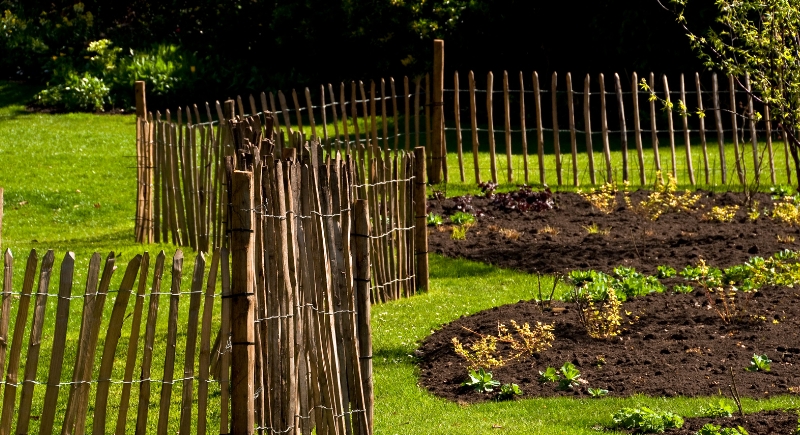
Credit: Canva
While building a fence takes effort at the start, it provides reliable protection for years. Burying wire mesh several inches deep stops groundhogs and rabbits from tunneling into beds. On the other hand, taller designs or two shorter fences placed apart prevent deer from clearing the barricade.
Limit Access to Water

Credit: Getty Images
If you leave water available, you encourage repeated visits and more digging near moist soil. Open ponds, uncovered rain barrels, or dripping hoses attract wildlife searching for an easy drink. Animals that find water return and explore nearby beds. But covering small water sources at night and moving birdbaths away from vegetables reduces this draw.
Deter with Motion Devices
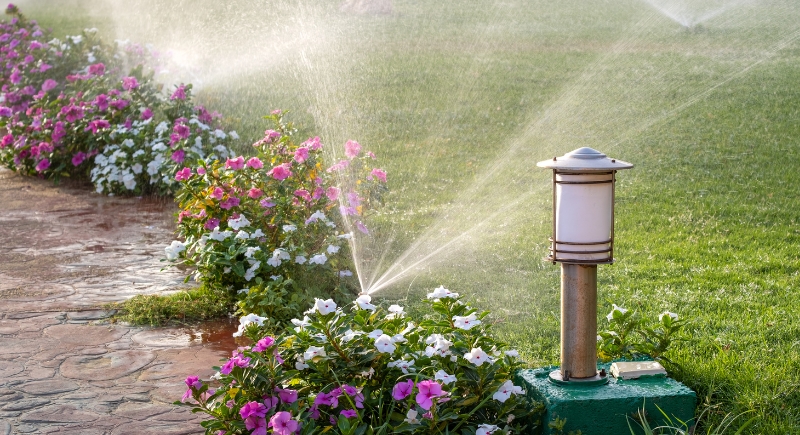
Credit: Canva
Motion‑activated sprinklers and reflective spinners have become common in recent years. They startle animals with sudden movement or bursts of water, which disrupts feeding and pushes them away. Extension agents often note lesser damage in yards where these devices are rotated regularly.
Reduce Night Visits with Lights

Credit: welcomia
Many animals cause damage after dark when yards are quiet, and without motion‑sensor lights, they roam freely. Plants can be chewed to stubs, young trees lose new shoots, and vegetable rows often show heavy grazing by morning. Repeated night activity weakens plants and leads to slower growth and smaller yields.
Modify Feeding Setups
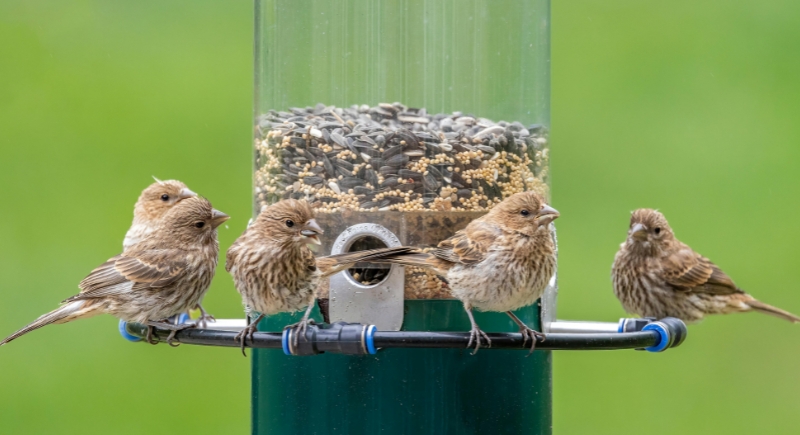
Credit: pexels
Switch to bird feeders with trays that catch falling seed or remove traditional feeders completely to stop scattering food on the ground. This change blocks rodents, squirrels, and raccoons from gathering under feeders and moving into nearby beds. It also allows you to enjoy birds in your yard while preventing a steady stream of pests.
Create Physical Cloches
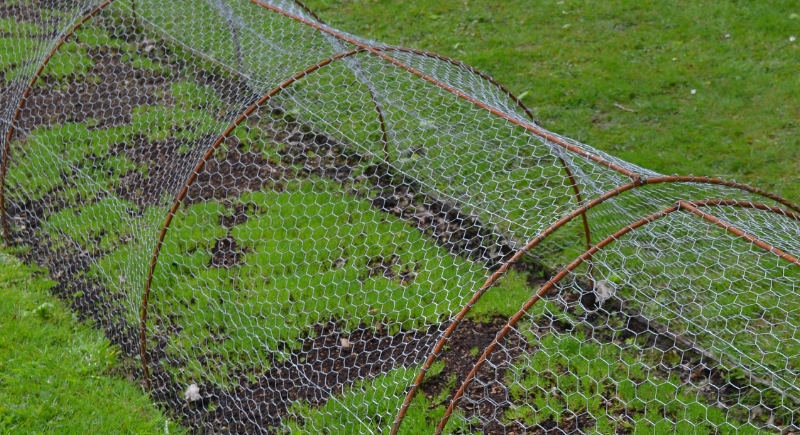
Credit: Getty Images
Wire cloches shield individual plants, especially during early expansion. They make way for light and rain while blocking animals. Without them, tender plants can be eaten down before they mature. This simple cover prevents repeated replanting and saves time over the long term.
Time Your Maintenance
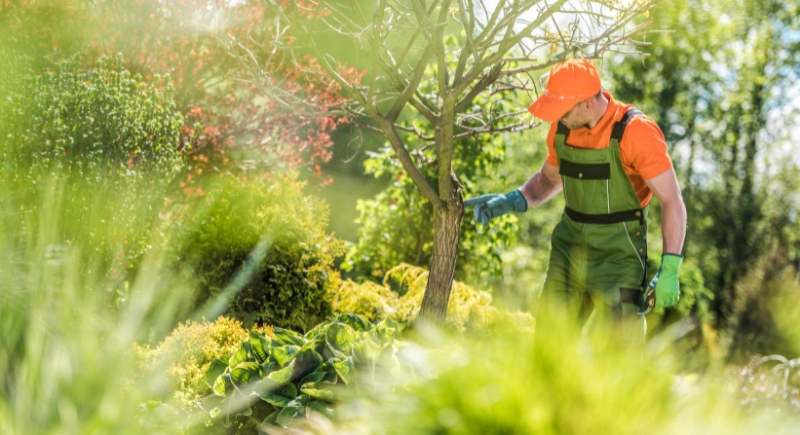
Credit: welcomia
Regular inspections and upkeep give your plants a better chance to thrive. You catch early signs of animal activity before it spreads, which ensures beds are healthier throughout the season. Plants become stronger when their surroundings are clear of burrows and debris.